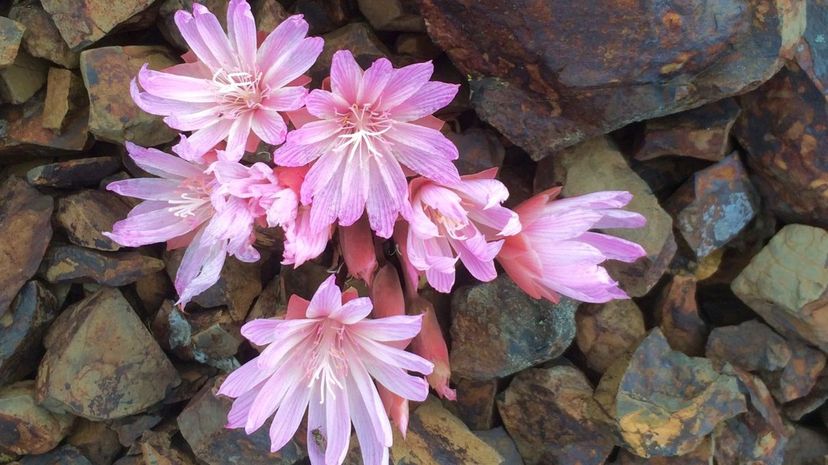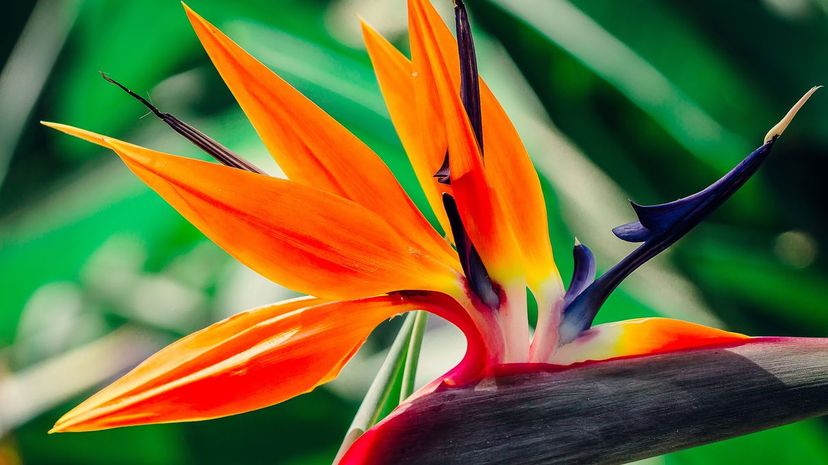
About This Quiz
From 200-foot-tall trees to carnivorous plants that gobble up spiders, there's a huge variety of flora and fauna across the globe. There's a plant that "dances" (dancing grass), one that curls up when touched (the shy plant), and one that smells like rotting flesh (the corpse flower). (Getting up-close-and-personal with the latter is definitely not recommended.)
With the "indoor jungle" trend in full swing, it's easy to forget that plants are not just for decoration. They help us build homes, provide us with food, and are a key source of many modern medications. Thanks to them, we have a variety of colorful seasonings and spices; we can sip on tea or munch on salad to our heart's desire. Plus, plants produce the oxygen we need to breathe - fairly important stuff. (Almost as vital is the fact that we can thank plants for our daily cup of coffee.)
Although plants remain a fundamental part of our everyday lives, many people can't identify the plants they see when taking a walk down the street. Can you? Can you spot the difference between a maple and an oak? Do you differentiate between a zinnia and a dahlia? What about peonies and hydrangeas? Take the following quiz to test your knowledge of flowers, shrubs, trees, foliage and beyond.
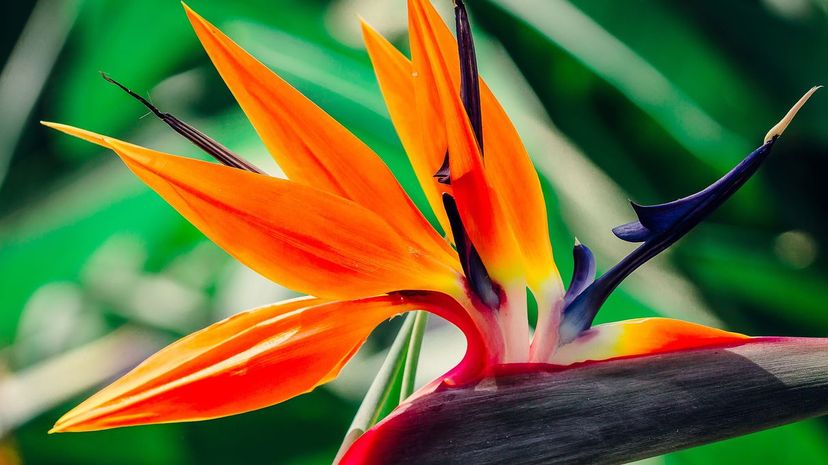
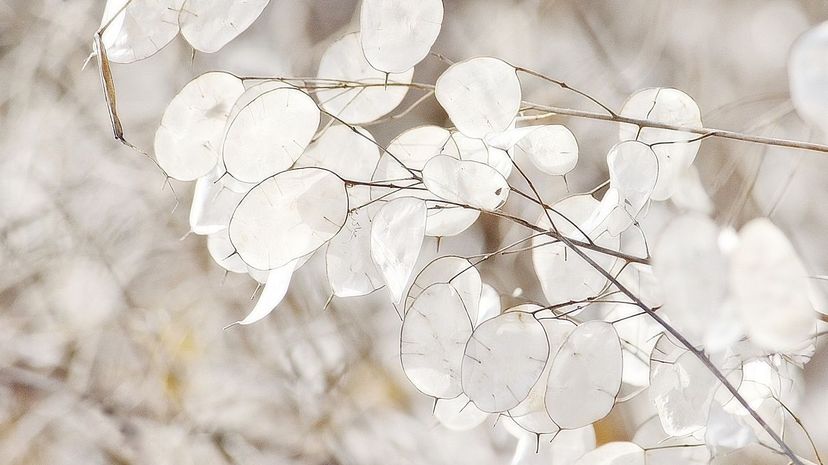
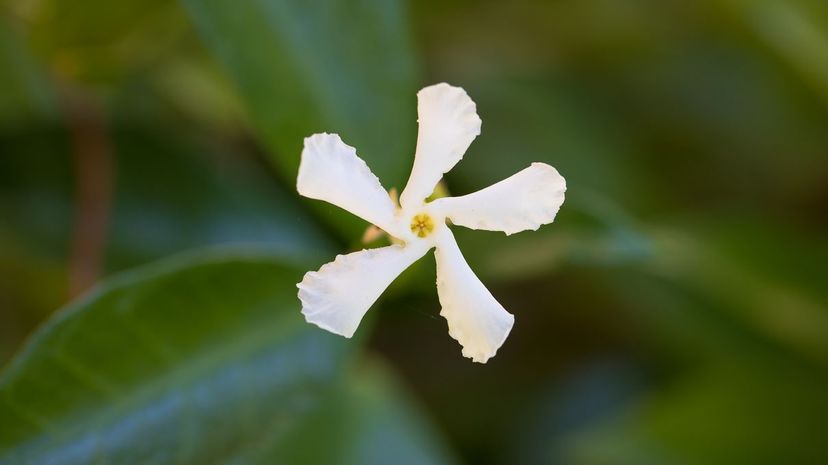
Advertisement
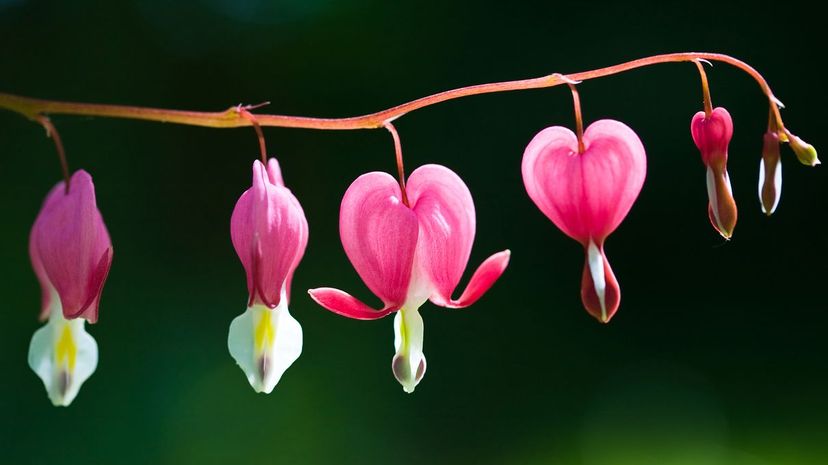
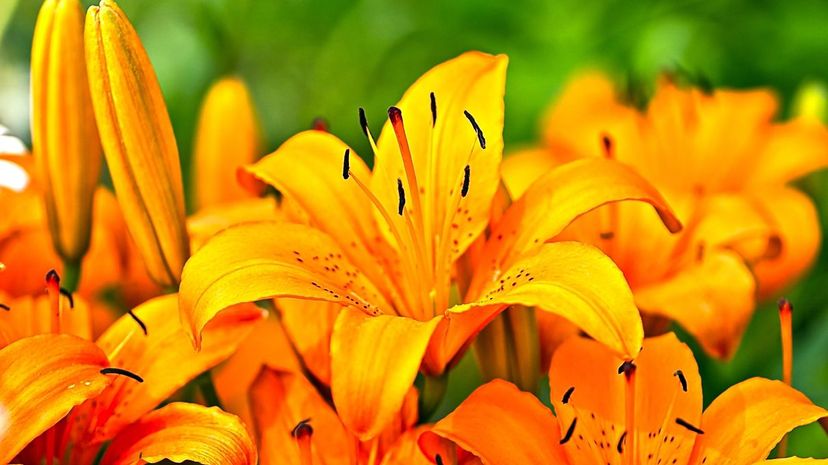
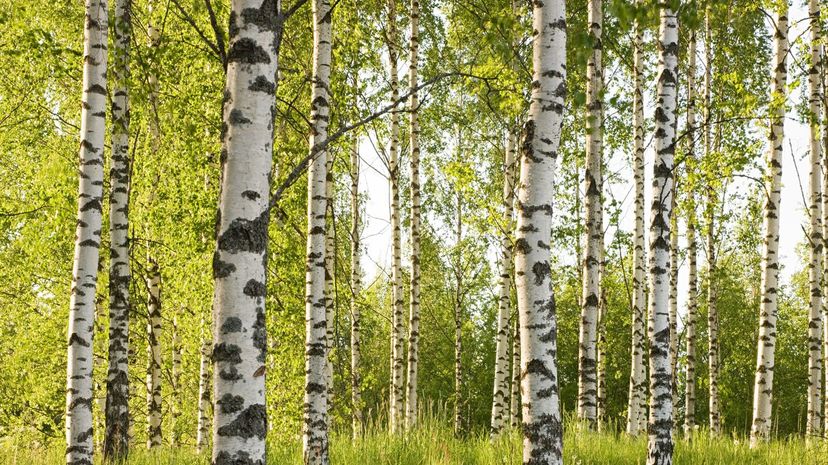
Advertisement
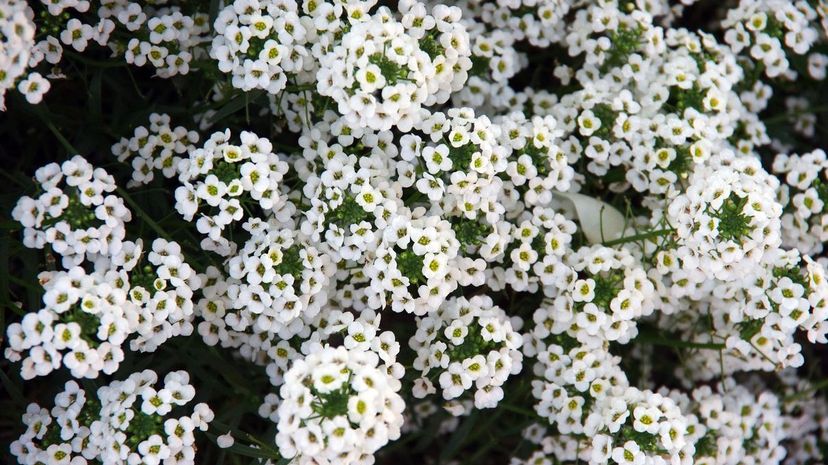
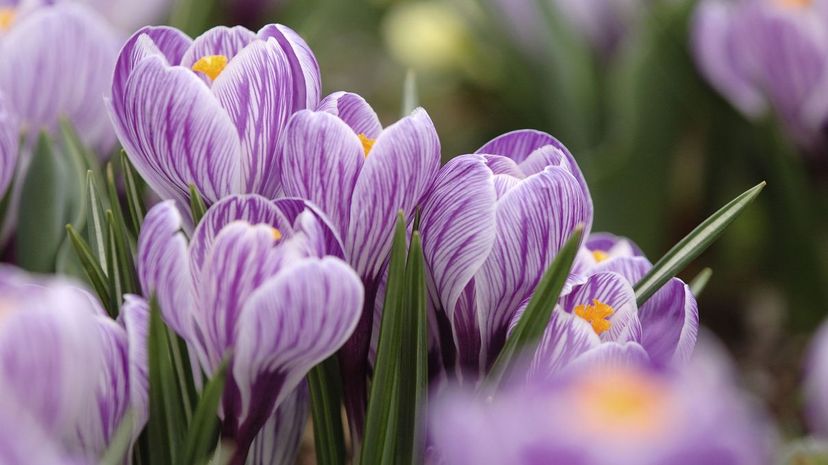
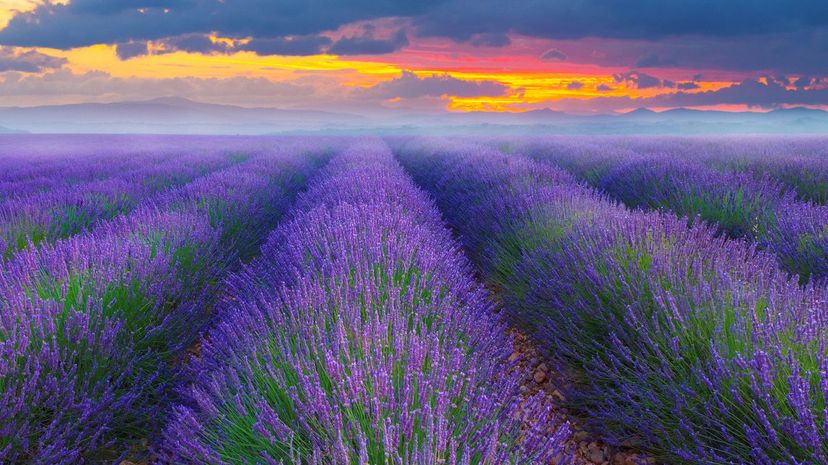
Advertisement
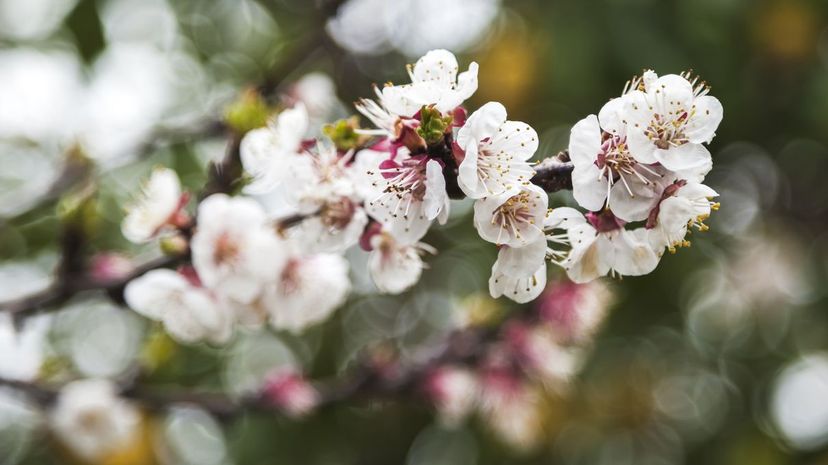
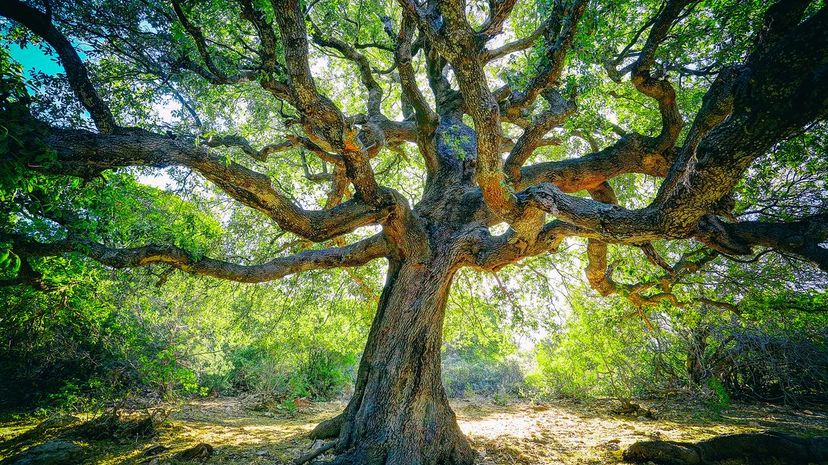

Advertisement
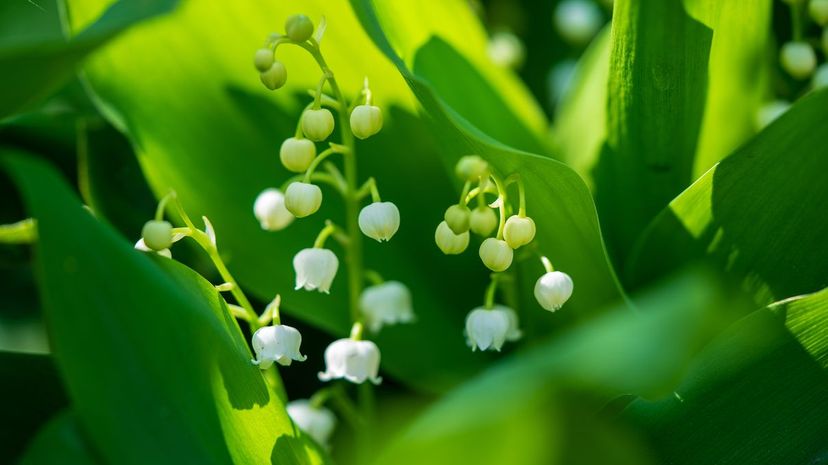


Advertisement

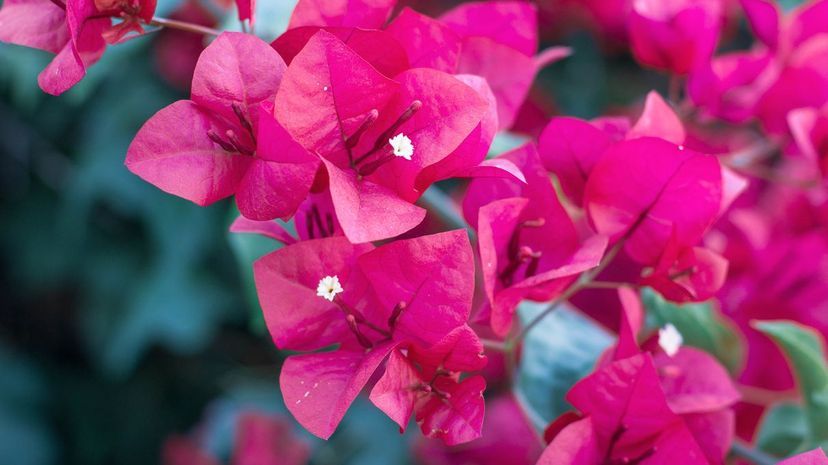

Advertisement

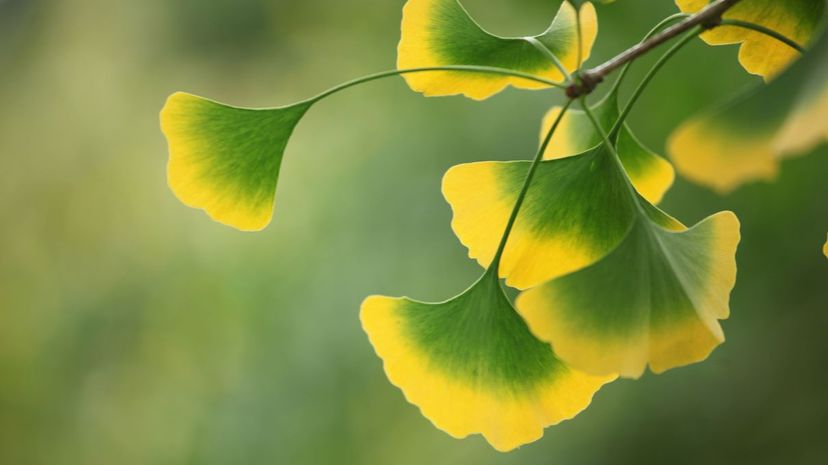
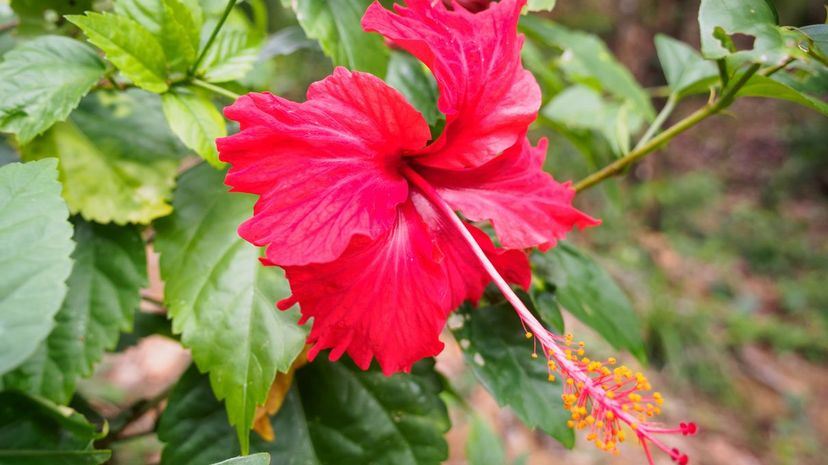
Advertisement
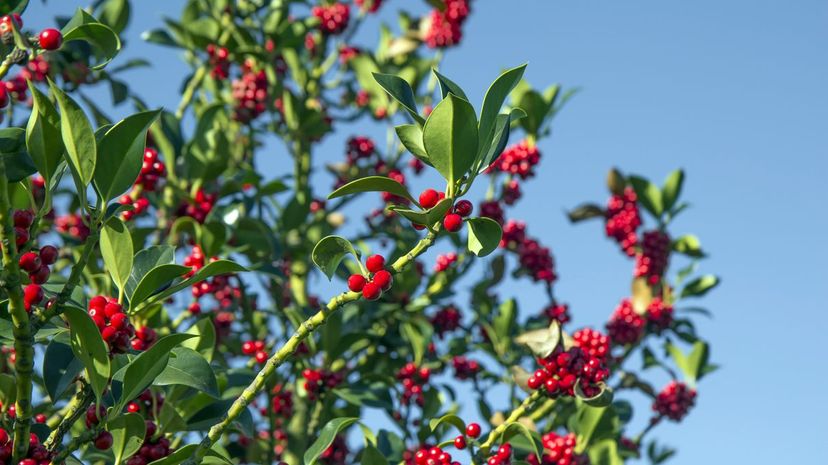
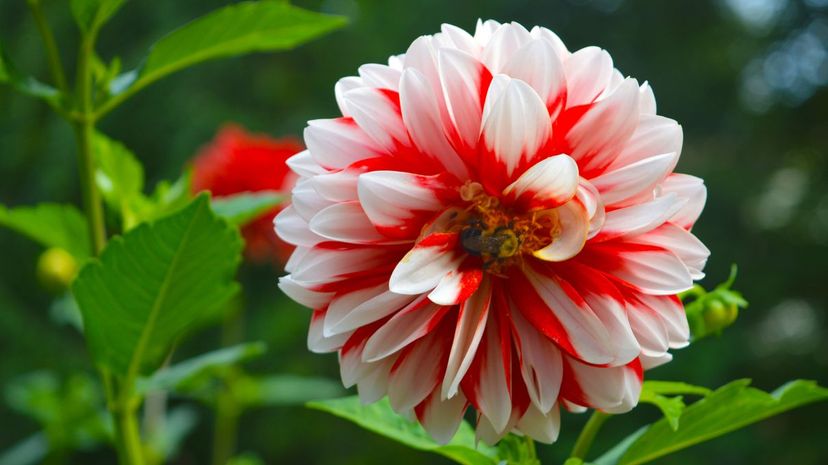
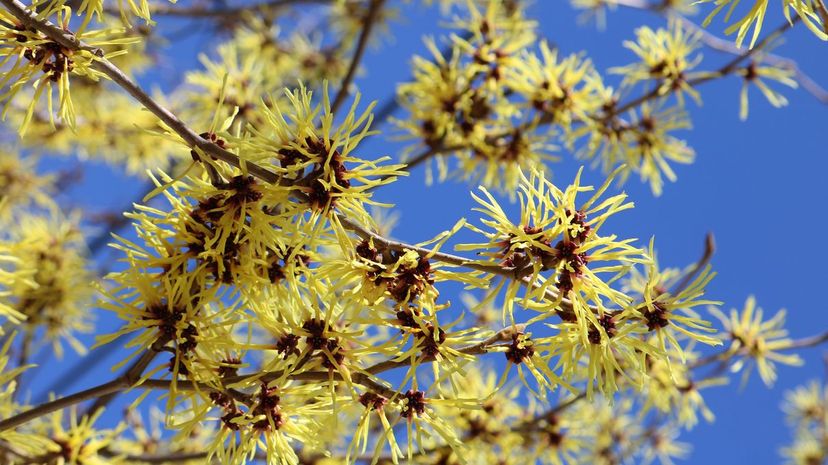
Advertisement
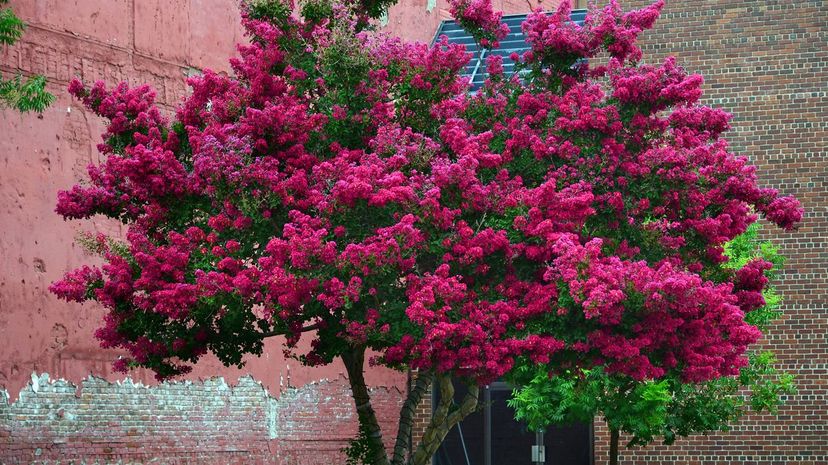
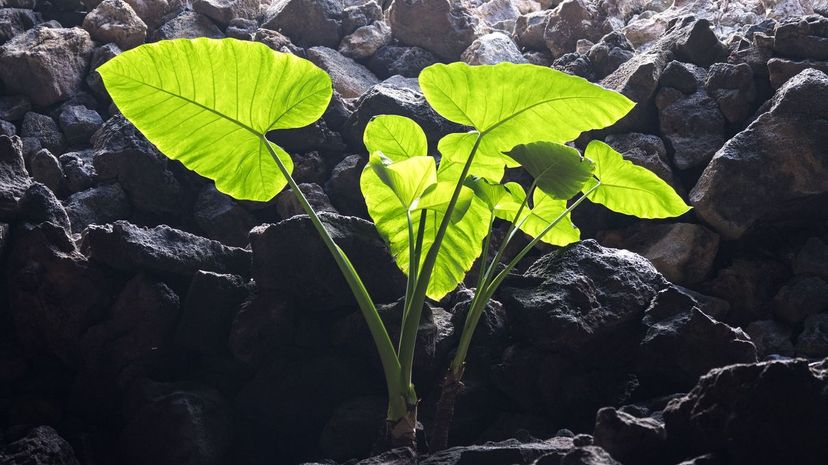
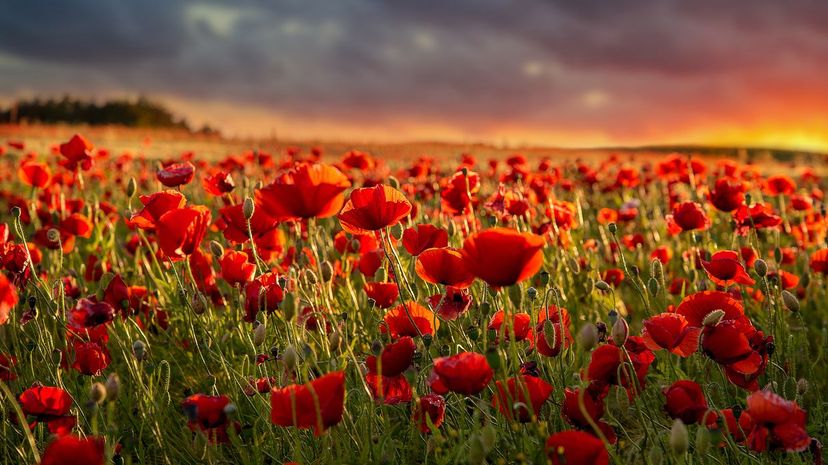
Advertisement
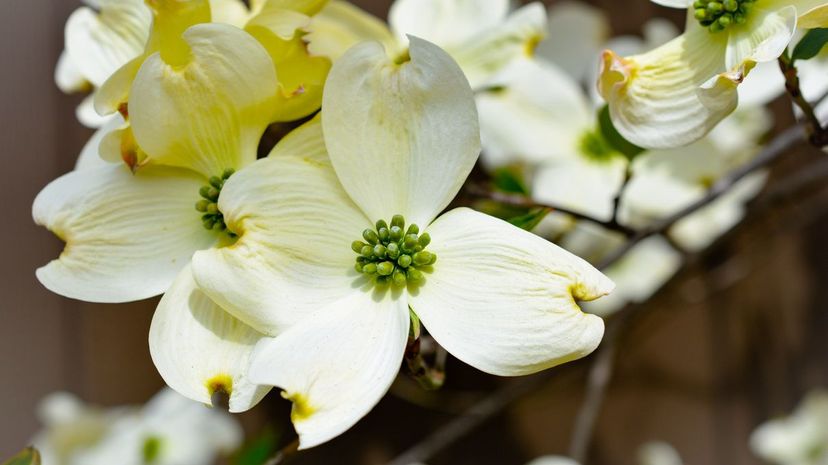
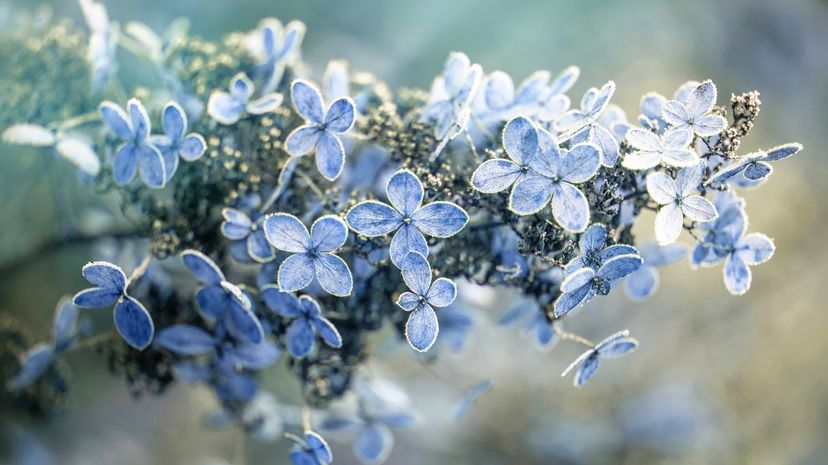
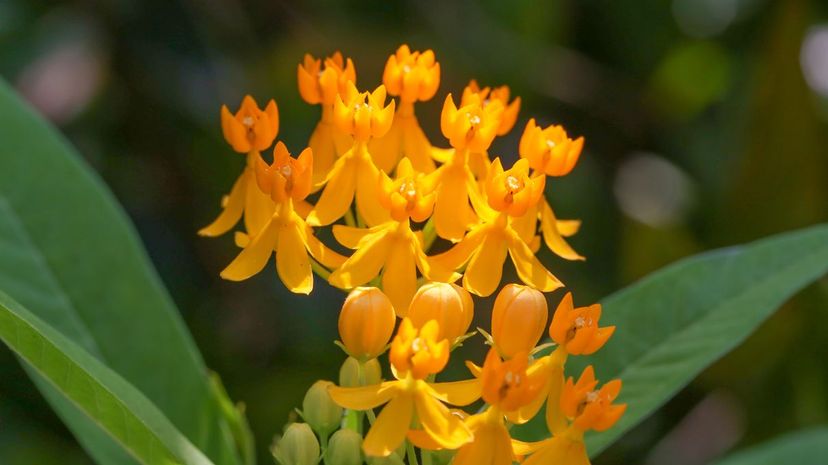
Advertisement
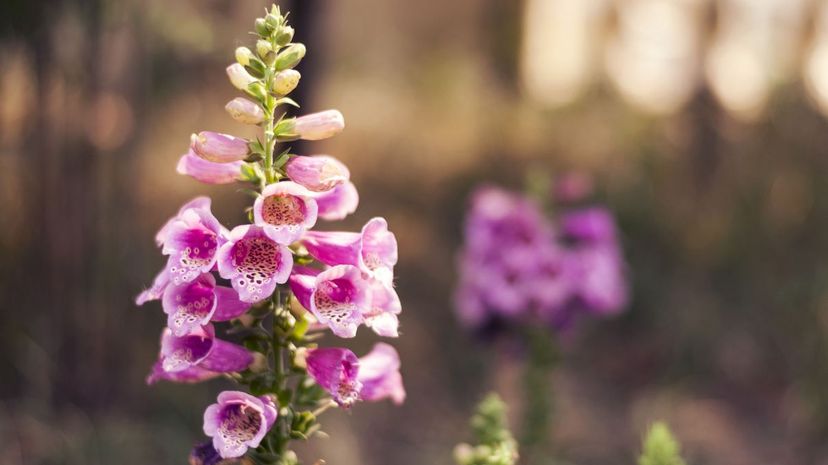
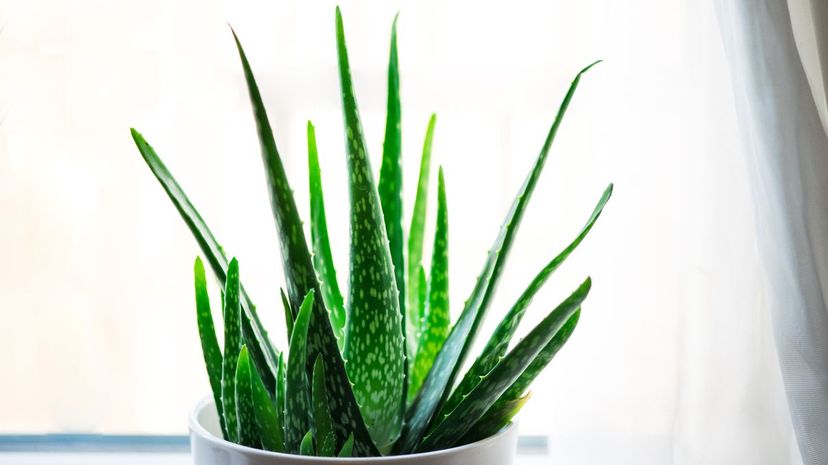

Advertisement
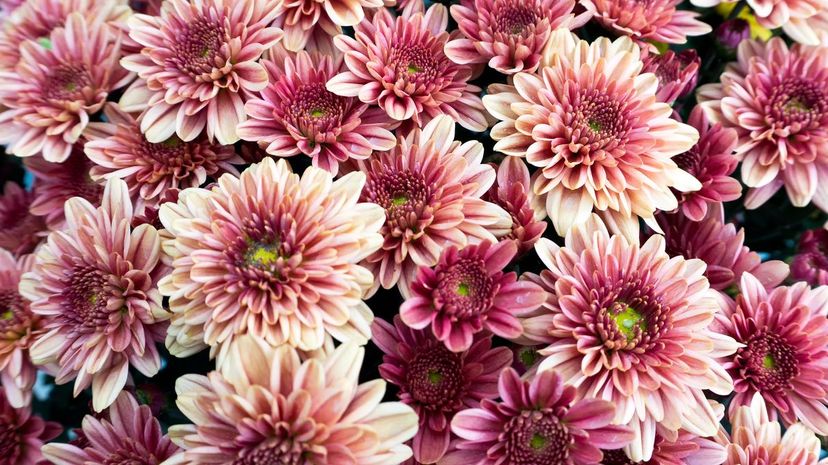
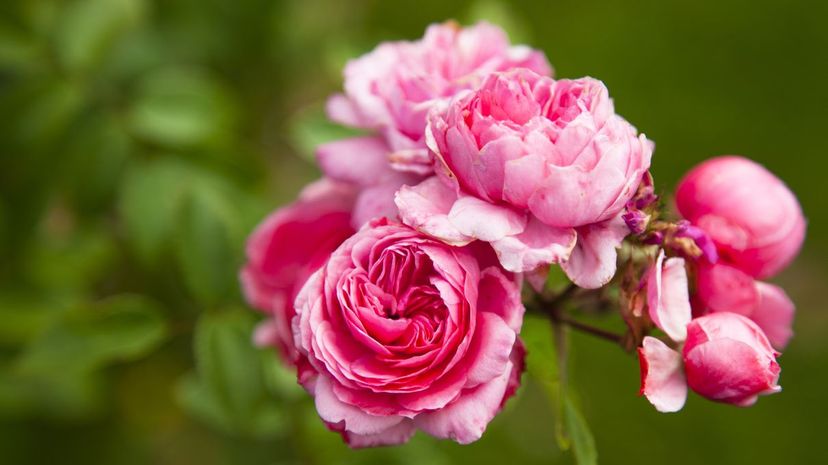
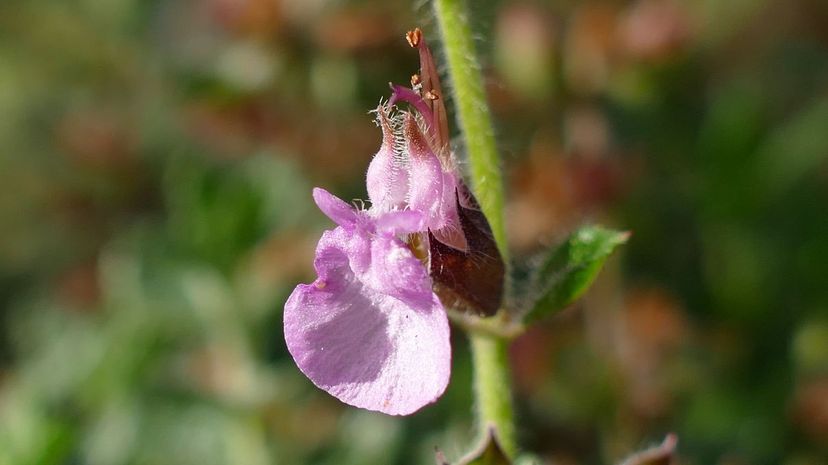
Advertisement
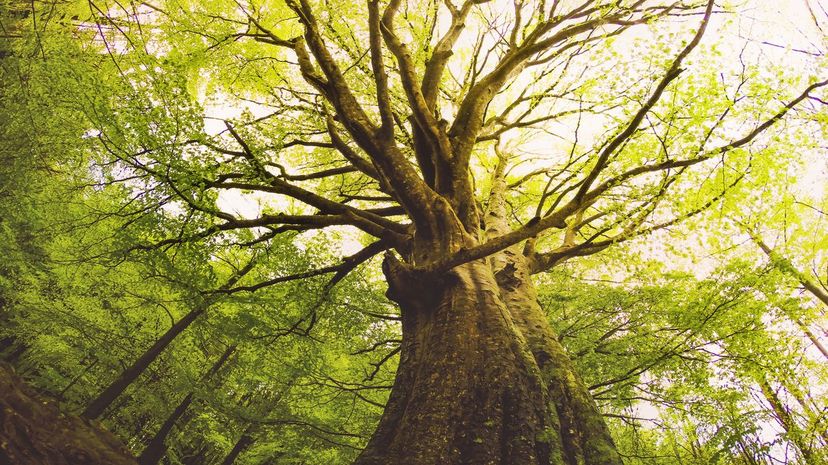
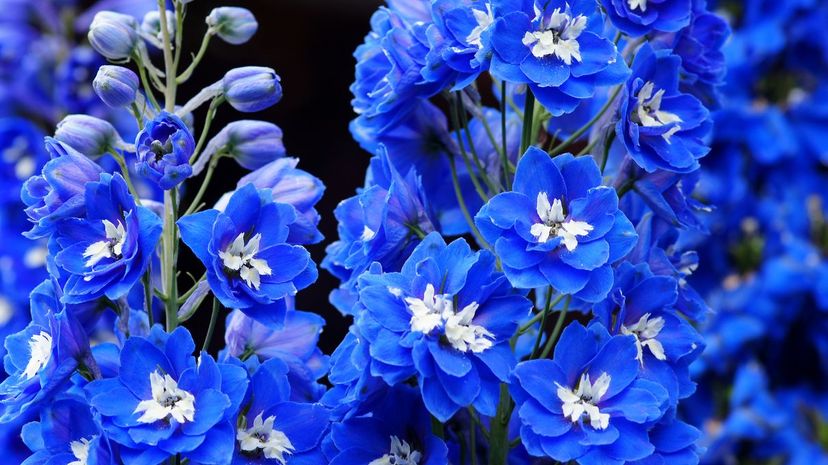
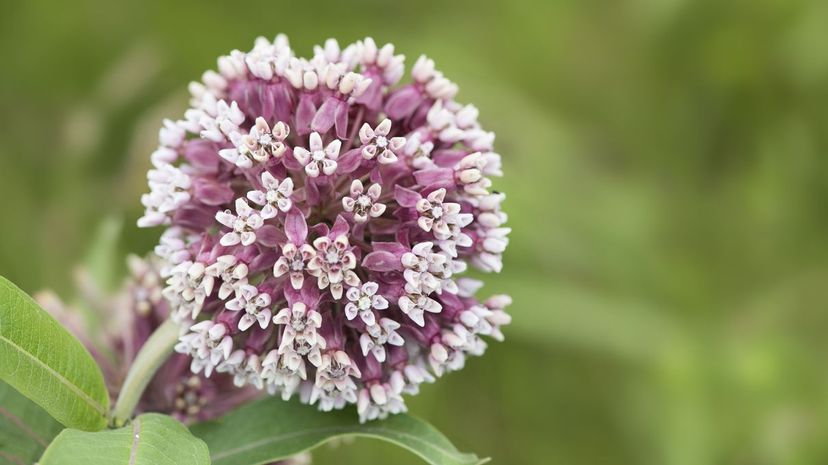
Advertisement
